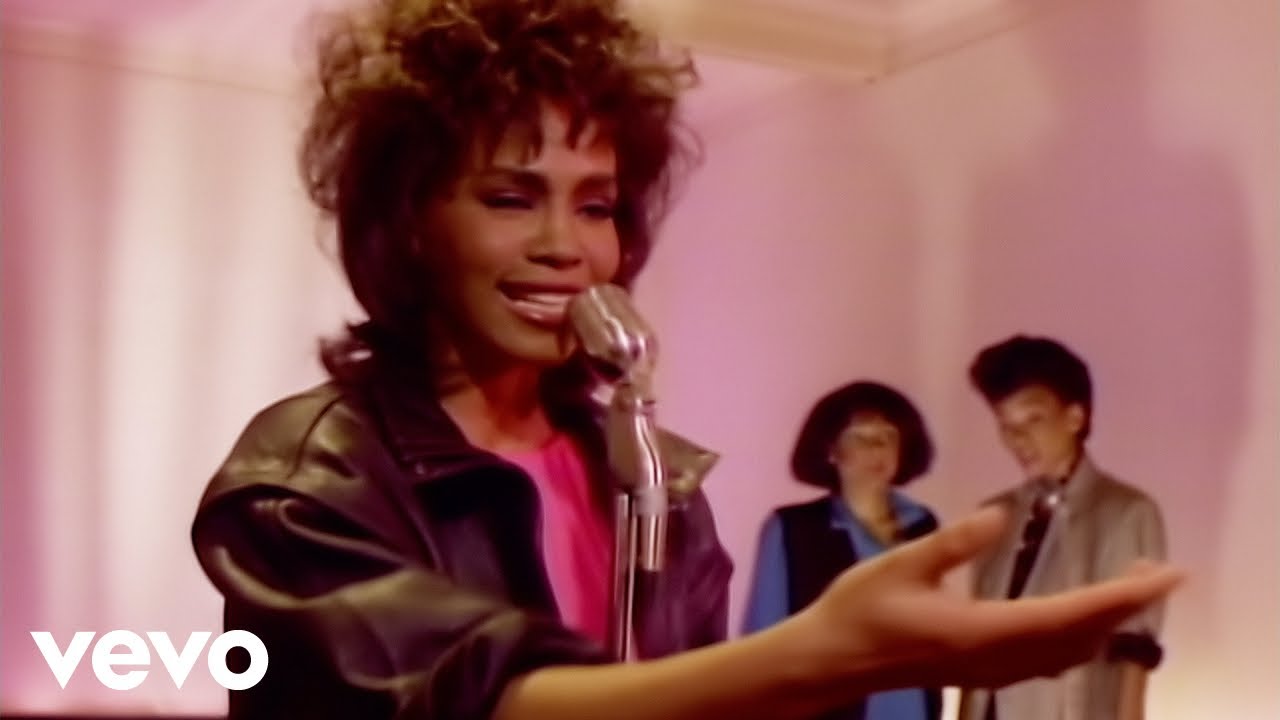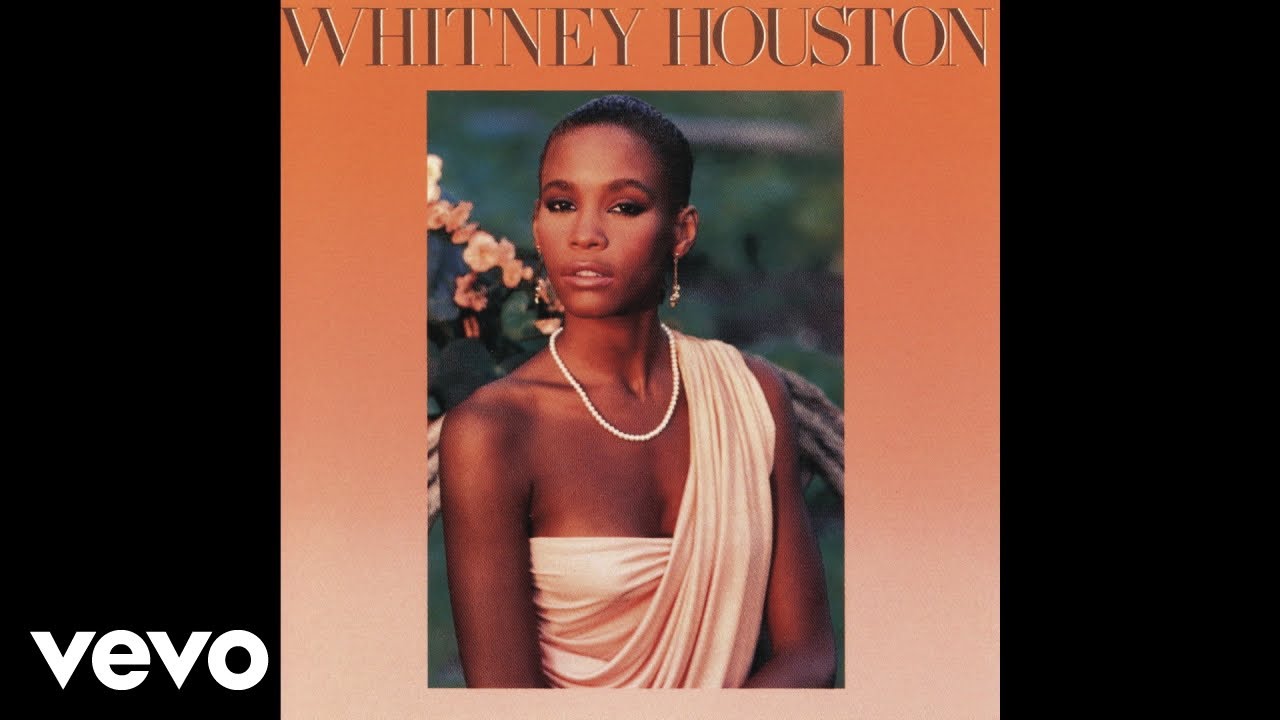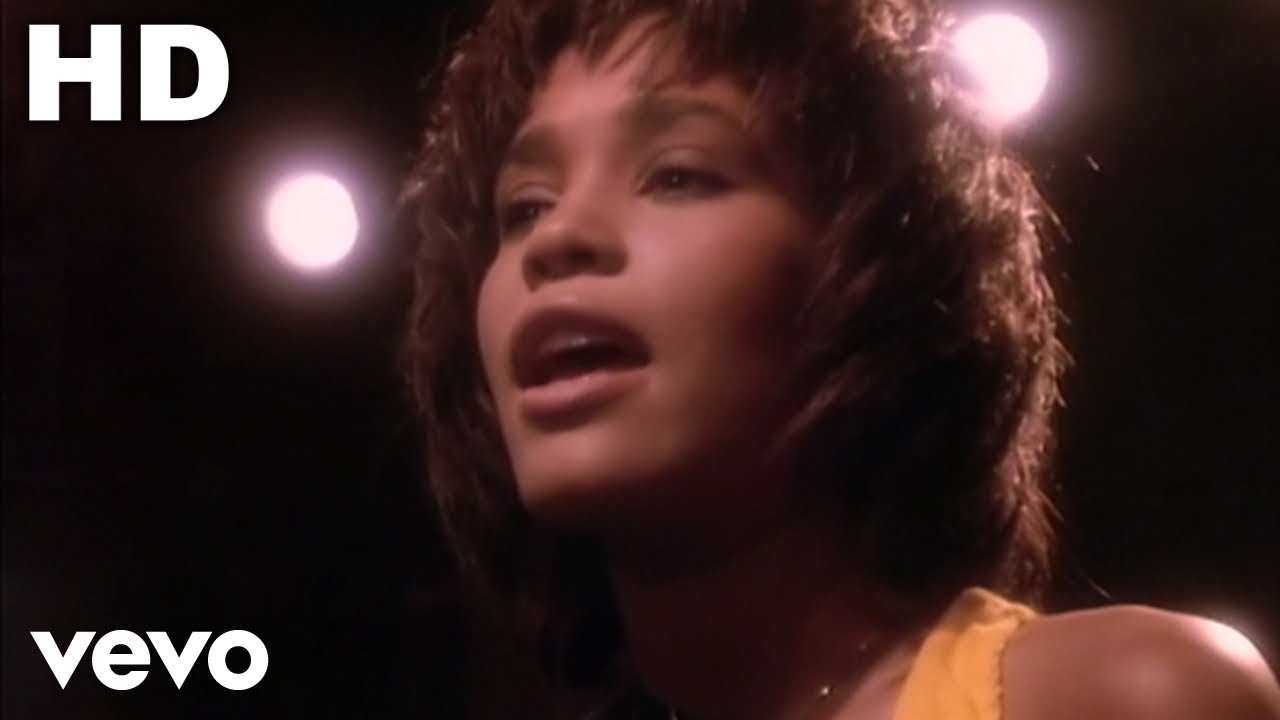By 1985, session man Paul Jackson Jr. had already appeared on records by Anita Baker, Sheena Easton, Gloria Gaynor, Aretha Franklin, B.B. King and – most notably – Michael Jackson, on a little something called Thriller.
So, given his track record, it wasn’t much of a surprise that he got the call to lend his licks – along with master six-stringers Dann Huff, David Williams and Louie Shelton (Mr. Last Train to Clarksville) – to an at-the-time relatively unknown Whitney Houston’s self-titled debut album. He definitely had the chops and the mindset to lay back and make his contributions count.
Speaking of that mindset… “There are two things you need to know as a session musician,” Jackson Jr. says. “Number one, the customer is always right. Number two, it’s the same thing as your report card in kindergarten where it says, ‘plays well with others.’
“The idea is to listen to the song, listen to where it’s going, listen to the arranger, the producer, and see what you can do to make sure you’re adding to make the song feel good.”

Jackson Jr., who features on soaring Whitney Houston album cuts like Greatest Love of All and Saving All My Love for Youhad the “feel good” vibe down to a science. He also had the help of album arranger Gene Page Jr. and co-producer Michael Masser.
“Gene would write out some rhythms and things like that,” Jackson Jr. says. “He’d write out some changes, and it was my job – though not just me, but everybody on the record – to take what he wrote and try to take it to the next level. Michael Masser was a very interesting guy.
“I had to work hard to understand him because we’d do lots of takes, and I finally understood the thing with him was that there was an intangible in his head. Sometimes you get it the first time, and sometimes it takes 10 tries. We’d record until the switch went off, like, ‘Eureka! I got it!’”

Like any good session player, Jackson Jr. entered the studio with plenty of tools to get the job done.
“I brought the famous Paul Rivera-modified Fender amps, one being a Deluxe and one being a Vibrolux, the latter of which I put in a 12-inch EV speaker. The other thing I brought was my Valley Arts Strat made by Mike McGuire. It was a rosewood Strat with a bird’s eye maple neck and an ebony fingerboard. It’s actually the same guitar I used on P.Y.T. (Pretty Young Thing) from Thriller.”
For the sessions, Jackson Jr. says his approach was based on “running with what felt good” and finding the “interplay between everyone – including the arrangers – and making them and the producers happy.”
Interestingly enough, one person who didn’t have much to say regarding Jackson Jr.’s input was Houston. The guitarist chalks this up to the singer’s youth and relatively unknown status. “She mostly went with the flow,” he says.

Did Jackson Jr. know he was working with a future legend? “No, not at the time,” he says. “I didn’t know how amazingly talented she was. But obviously, we all found out.”
Oh, yes we did. After its Valentine’s Day release in ’85, Whitney Houston went on to become one of the best-selling albums of all time, selling more than 25 million copies and earning diamond status with the RIAA. It remains the most successful solo debut album in history. Still, Jackson Jr. says he did have a feeling that the album would be a hit.
It was nice to see her come out with a record that immediately started doing well
“It was nice to see her come out with a record that immediately started doing well,” he says. “It was a wonderful feeling to watch that. I consider it a blessing from the Lord to be able to have done some of the things I’ve done. I’m super blessed.”
Looking back, Jackson Jr. is proud of his work, but gives Houston all the credit.
“It was an important record – not just with the songs I played on, but the entire record established Whitney as an A-list, mainstream, first-call artist. To jump from relative obscurity to being at the forefront of everyone’s A-list was major for her.”
GIPHY App Key not set. Please check settings